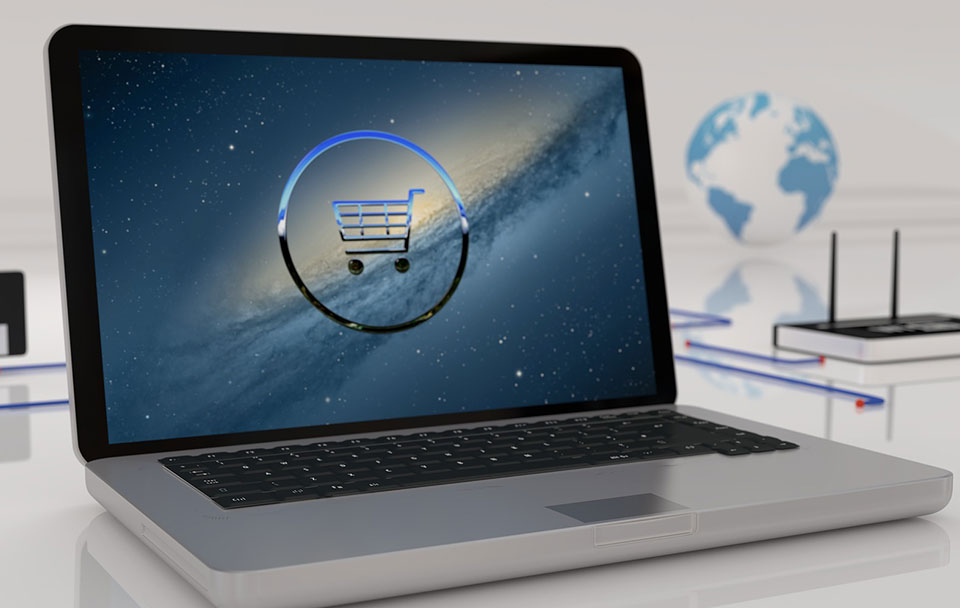How Gen Z and Millenials Are Influencing The Future Of Shopping And 4 Reasons Why Chatbots Are Awesome
| By accordia | 0 Comments

How Gen Z and Millenials Are Influencing The Future Of Shopping And 4 Reasons Why Chatbots Are Awesome
With the great resignation appearing and prolonged job searches, Gen Z is dedicated and resilient with their interest in fashion and retail the past year – even with nowhere to go. The previous norms have made an impact on your customer’s buying behavior and especially Gen Z (aged 18-25) and millennials (aged 26-40). This also created an awareness on how businesses need to thrive in 2022 and beyond among these two age grouped people.
This gives a huge opportunity for digital, convenience and social consciousness in the shopping space. Yes, digital is leading. Both Gen Z and millennials have demonstrated a willingness to shop both in-store and online, choosing to use each channel based on a different set of benefits. Among the two generations, more people plan to take part in online shopping more while 42% expect to return to their habits – a previous combination of digital and in-store.
Both Gen Z and millennials feel it’s convenient, safe and price affordability comparisons as their main reasons to do online shopping but coupled these benefits with the inconvenient of long wait times for deliveries, delivery costs and returns.
Both generations are leaning more towards online shopping, the survey found that consumers are mostly looking for better fit technology and higher quality images. For shoppers, there’s a chance to grab better photos and videos along with more personalization tech which enables you to know in depth about a shopper’s personal sizing, style preferences, price point to help them find the right items during the shopper’s first visit to your webpage.
As your customers love online shopping, the chatbot can also be of good help to make the shopping experience easy and fun. If those issues that happen during online shopping were resolved, 43 percent of participants would be quite likely to decrease their shopping in-store and 27 percent definitely would stop in-store shopping altogether.
Gen Z provides an excited await as this generation cited that they are planning to do shopping in person compared to millennials. It’s essential to highlight the benefits of shopping in-store: fitting rooms, socializing with friends and searching for items they didn’t find in the place.
Young Shoppers Purchase By Following Their Beliefs.
Young customers shop with their own social perspectives. Coming out of the tough year wasn’t easy and the importance of sustainability with an inclusive view has only grown. Members of both age groups, millennials and Gen Z have expressed that they abandon a purchase because the brand didn’t reflect their values and 70 percent of young shoppers would pay more for fashion from sustainable or socially conscious brands.
New Habits Lead To Newer Strategies For You
It will become more important to reach Gen Z and millennials as their purchase power continues to grow in the years to come. The digitally savvy generations are ready to adopt new purchasing options but they also see value and hope for re-creating the wonderful and nostalgic memories of the past. For instance, previous shopping habits and social interactions that didn’t take place over social media.
In this article, we also list for you the impact of chatbots on customer loyalty.
Since these shoppers value these social interactions whether online or in-person, convenience from both price and delivery plus goodness for the people. How can you create those moments again? How can you take lessons from the past and create the best comprehensive omnichannel CX for shoppers now and in the future?
7 Fascinating Reasons Why Chatbots Are Awesome
1. They contribute to brand awareness and reduce the effect of familiarity on the customer purchase intention.
2. Helps stimulate the shopping intention of customers.
3. Customer expectations and satisfaction can be exceeded.
4. Proactive responses to questions and complaints from a customer.
5. Helpful in terms of delivering enlightened personalization at every level
6. Higher conversion rate and offer quality service for engaged customers.
7. Experience more cost saving and help customers enjoy instant customer service.
By optimizing the customer experience, you can witness speed in customer satisfaction which then leads to customer loyalty, which is important in the past, now and in the future. The digital developments and growing competition made many companies face hard challenges to attract and keep customers running back to them.
The “New” customers in 2022 wants to spend less and less time. Therefore, they expect to be able to reach a company anytime and anywhere, irrespective of time, location and channel. The best instrument for customer service is the use of chatbots. There’s a reason why many are following the bots’ trend and mostly to experience better biz growth.
Ready to find out what a chatbot can do for you?
Know more. Accordia Chatbot and Live Chat Page
Source: https://www.mytotalretail.com/article/how-gen-z-and-millennials-are-influencing-the-future-of-shopping/

















